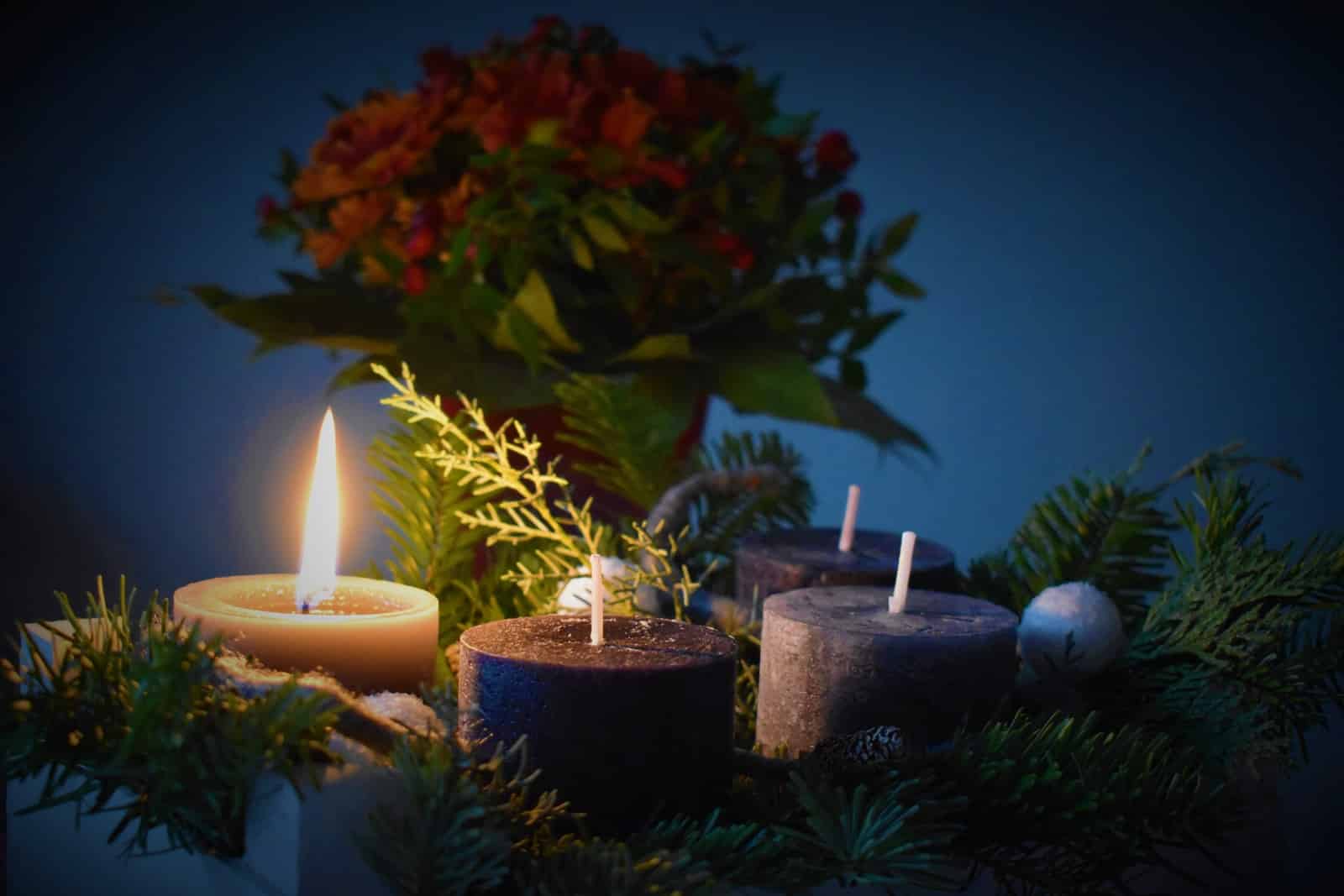How is it that one of the oldest and best-known Christmas carols asks for the Messiah to come, when in actuality he has already done so?
The answer lies in the fact that “O Come, O Come, Emmanuel” is, strictly speaking, not a Christmas carol but an Advent hymn. Advent, the roughly four-week period leading up to Christmas Day, is traditionally a time of remembering, of waiting—and of hope.
To understand “O Come, O Come, Emmanuel,” place yourself in the position of a faithful follower of Yahweh in the centuries after Malachi. God has threatened a curse to those who reject his word (Mal 4:6), but has also promised to send Elijah (Mal 4:5) in the days before the sun of righteousness arises with healing in its wings (Mal 4:2). All throughout Scripture, God has spoken of his coming one by a poetic array of names: Emmanuel—God with us (Isa 7:14). The Rod of Jesse (Isa 11:1). The Dayspring from on high (Lk 1:78). The Key of David (Isa 22:22). The hearts of the faithful yearn for the fulfillment of God’s word, and in pondering his promises, they cry out, “O come, O come, Emmanuel!”
This carol originated with a series of Latin liturgical texts used in the week leading up to Christmas. Each of the seven antiphons, or short chants, addresses Jesus by an Old Testament title, and begins with the word “O,” lending these chants the name “O antiphons.” Though possibly in existence as early as the sixth century, they were in common use by the ninth century. By the twelfth century, they had been converted into poetic form, and were published by 1710.
The nineteenth-century British hymn scholar John Mason Neale, whom hymnologist Albert Bailey calls “the prince of translators,” found a particular fascination with old Greek and Latin texts from the earliest days of the Church. In 1851 he translated the versification of “O Come, O Come, Emmanuel” into English. It soon became attached to a fitting thirteenth-century chant melody and has remained a staple of Advent observances ever since.
Believers in the twenty-first century also wait in the night, as mockers say, “Where is the promise of His coming?” (2 Pet 3:4). Yet the promise of the Lord stands fast, and Emmanuel will come again—“In that day there will be no light; the luminaries will dwindle. . . . It will come about that at evening time there will be light” (Zech 14:6-7). We await a City with eternal day, with no need for sun or moon, because the Lamb is the light (Rev 21:23). Like all of God’s promises, “It hastens toward the goal and it will not fail. Though it tarries, wait for it; for it will certainly come; it will not delay” (Hab 2:3).
Though judgment is always a real possibility, with God there is always hope. For believers of all centuries, no matter the circumstances, no matter how bitter the darkness, “weeping may last for the night, but a shout of joy comes in the morning” (Ps 30:5).
O come, O come, Emmanuel,
and ransom captive Israel,
that mourns in lonely exile here,
until the Son of God appear.
Rejoice! Rejoice! Emmanuel
shall come to Thee, O Israel.
O come, Thou Rod of Jesse, free
Thine own from Satan’s tyranny;
from depths of hell Thy people save,
and give them vict’ry o’er the grave.
Rejoice! Rejoice! Emmanuel
shall come to Thee, O Israel.
O come, Thou Dayspring, come and cheer
our spirits by Thine advent here;
disperse the gloomy clouds of night,
and death’s dark shadows put to flight.
Rejoice! Rejoice! Emmanuel
shall come to Thee, O Israel.
O come, Thou Key of David, come,
and open wide our heav’nly home;
make safe the way that leads on high,
and close the path to misery.
Rejoice! Rejoice! Emmanuel
shall come to Thee, O Israel.
—9th Century Latin, tr. John Mason Neale, 1851



